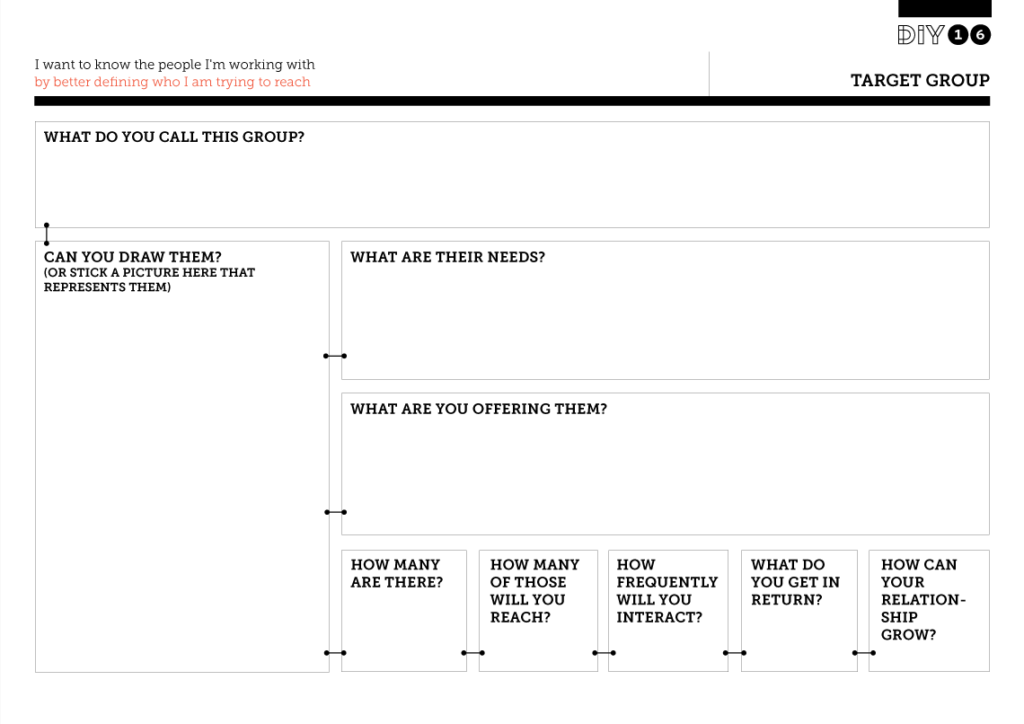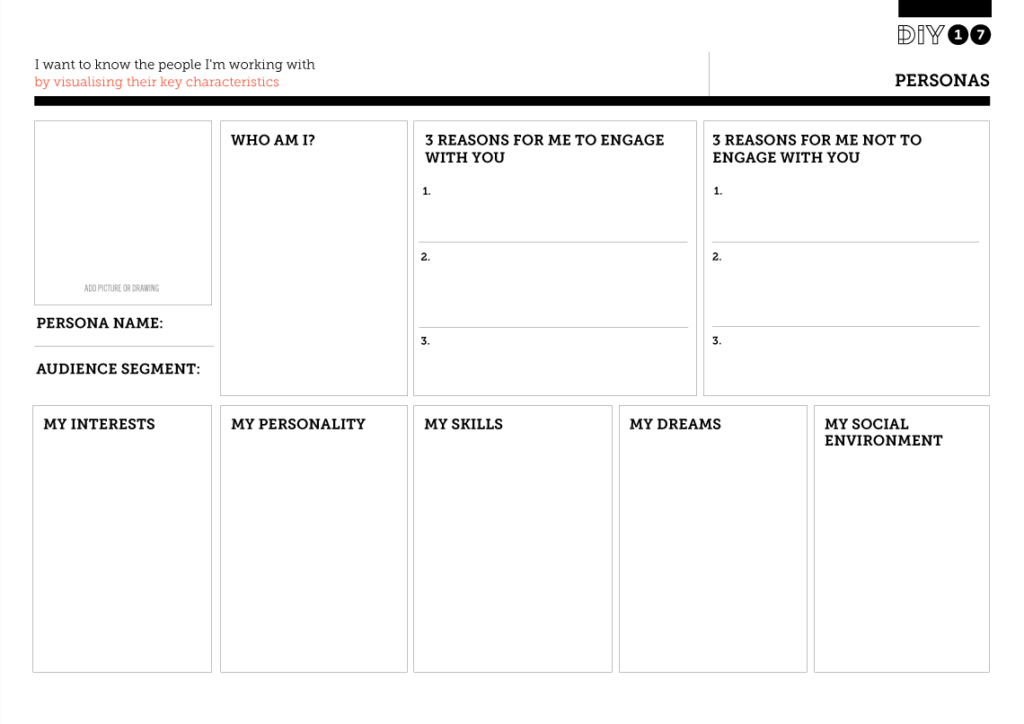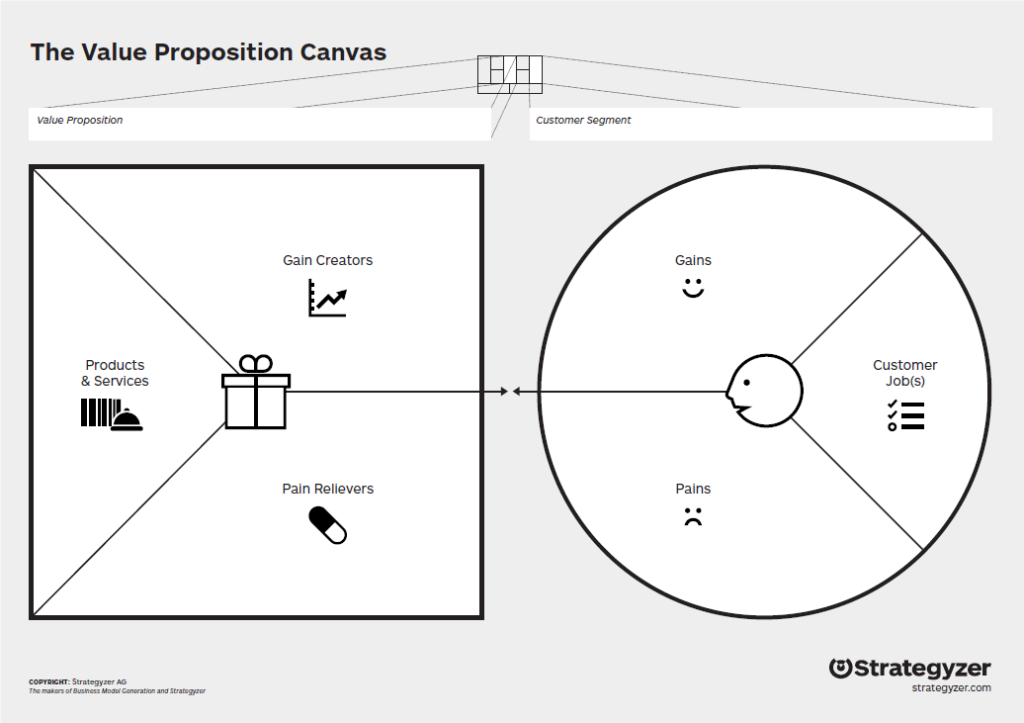Gaining user-based insights around needs, expectations, preferences, and/or experiences is critical to ensuring a user-centred approach. In this activity, field research and/or interviews are not required. The goal is to think about the perspectives of key stakeholders so that you can identify what you know, and what you don’t know about their particular needs, aspirations and experiences.
“Working with those who have direct experience of the problem was observed to be critical to meeting the success criterion of improved solution. ” More Than Just Luck (Obrecht and Warner, 2016)
Wherever possible try to ensure that problem holders can articulate their perspective directly. If not, draw on insights you have from reviewing programme feedback, and monitoring, evaluation and research reports. Make sure you prep all participants to avoid negative stereotypes and ensure that they respect the dignity of all groups that may be discussed and profiled in workshop activities.


